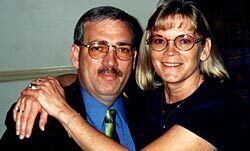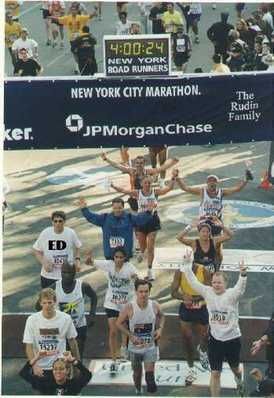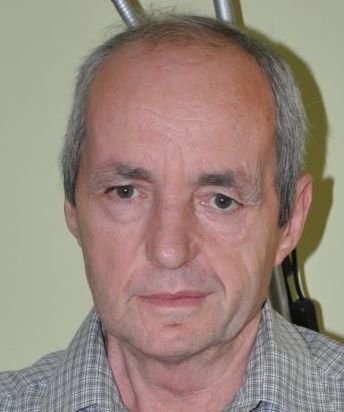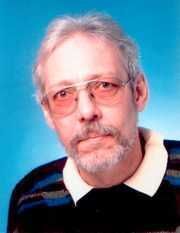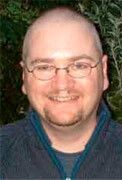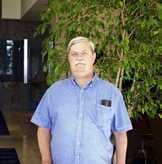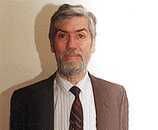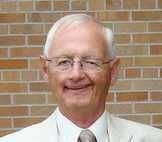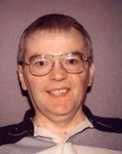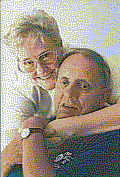
Terry Thompson recently spent an afternoon with Dr. Kennedy in his home in St. Paul, Minnesota to talk about his medical career and the disease named after him.
Before he was a doctor, Bill Kennedy was a champion speed skater, winning the city championship as a high schooler in his hometown of Waukegan, Illinois. An avid skier, he competed in downhill races well into his 80s. He also played tennis for most of his life and watched the 2025 French Open with intense interest. Dr. Kennedy was a certified pilot, flying around the country to support his research and taking his family on ski trips to Colorado. And for over 45 years, Bill took family, friends, and medical colleagues from various countries to the Minnesota boundary waters, to canoe and camp.
Dr. Kennedy completed medical school at Marquette University (now the Medical College of Wisconsin) followed by an internship at Philadelphia General Hospital and a residency at the Mayo Clinic in Rochester, Minnesota. Dr. Kennedy then joined the Department of Neurology headed by Dr. Abe Baker at the University of Minnesota and started his own lab in neurological research, particularly in peripheral neuropathy.
Only a few months after opening his lab, he encountered George Brunell, a man from Grey Cloud Island, Minnesota who exhibited the symptoms we now understand to be associated with SBMA. While following this patient’s case, Dr. Kennedy researched Mr. Brunell’s family and gathered information about patients with similar symptoms from other neurologists. All this early work was published in Neurology in 1968, the original scientific paper on SBMA, where Dr. Kennedy described the symptoms and documented the genetic nature of the disease.
Years later, Dr. Kennedy was surprised, and slightly embarrassed, when a Belgian colleague told him he had named SBMA “Kennedy’s Disease” in a paper he was presenting to a scientific conference. When Dr. Kennedy asked him, “Why?”, the colleague said, “I thought it would be fun!” Uneasy at first, at age 97 Dr. Kennedy is quite honored to have the disease named for him.
Dr. Kennedy’s contributions to neuroscience extend far beyond his work on SBMA. Throughout the years, he published over 150 peer-reviewed articles, many of which became foundational texts in the study of peripheral nerve disorders. His Kennedy Neurological Research Laboratory at the University of Minnesota became an innovator in skin biopsies, staining techniques, and the invention of novel medical devices used to measure the changes that occur in the early stages of peripheral neuropathy, useful in clinical trials of potential therapies for this widespread condition.
Dr. Kennedy’s legacy is evident in the global research effort working to understand and treat the disease he first identified. The pace of SBMA research is accelerating, and clinical trials are underway for potential treatments and ultimately a cure for this devastating disease. Little did the young man who won a skating championship in Waukegan or the junior neurologist just starting his lab realize just how significant and far reaching his discovery would be.




